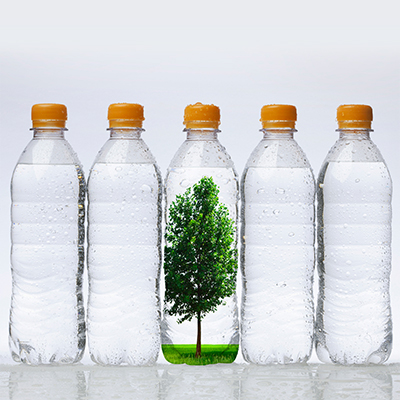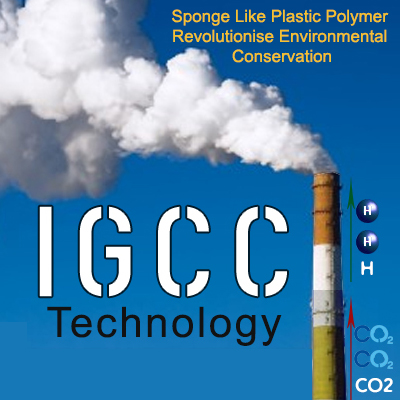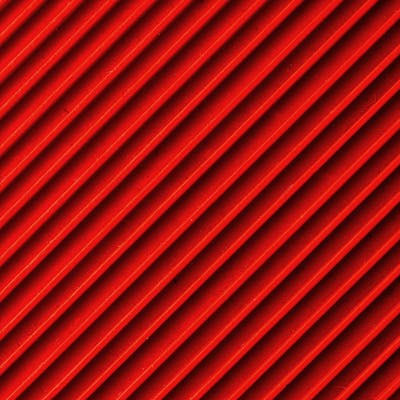Precision Crafting: Unveiling the World of Plastic Moulds and Dies

Plastic moulds and dies are integral components of modern manufacturing processes, playing a crucial role in the production of a wide range of plastic products. From intricate automotive parts to delicate medical devices, plastic moulds and dies enable manufacturers to create precise, complex shapes with high repeatability and efficiency. In this article, we delve into the world of plastic moulds and dies, exploring their significance, key technologies, challenges, and prospects.
A) Importance of Plastic Moulds and Dies
The use of plastic moulds and dies is ubiquitous across industries due to several compelling reasons. Firstly, they enable mass production of plastic components with consistent quality, ensuring dimensional accuracy and surface finish. This reliability is essential, especially in sectors such as automotive and aerospace, where stringent standards for performance and safety must be met. Secondly, plastic moulding processes offer versatility in design, allowing manufacturers to create intricate geometries and integrate multiple functionalities into a single part. This flexibility is invaluable in product development, enabling innovation and customization to meet diverse market demands.
Thirdly, plastic moulding is a cost-effective manufacturing method for large-scale production. Once the moulds and dies are created, the per-unit production cost decreases significantly, making it economically viable for high-volume manufacturing.
B) Key Technologies in Plastic Moulding
Several key technologies drive the precision crafting of plastic moulds and dies:
Computer-Aided Design (CAD): CAD software plays a pivotal role in designing complex moulds and dies. Engineers use CAD tools to create detailed 3D models of the desired components, incorporating features such as draft angles, cooling channels, and parting lines for efficient moulding.
Computer-Aided Manufacturing (CAM): CAM software complements CAD by translating design specifications into machine-readable instructions for CNC (Computer Numerical Control) machines. CAM programs optimize toolpaths, speeds, and feeds to achieve precise machining of mould cavities and cores.
Additive Manufacturing: Additive manufacturing, including techniques like 3D printing, has revolutionized prototyping and small-batch production of mould inserts and die components. While traditional machining methods remain predominant for large-scale production, additive manufacturing offers rapid turnaround times and design flexibility for prototyping and low-volume manufacturing.
Simulation Software: Advanced simulation tools simulate the plastic injection moulding process, predicting potential issues such as warpage, sink marks, and air traps. By optimizing mould designs and processing parameters upfront, manufacturers can reduce time-to-market and minimize costly trial-and-error iterations.
C) Challenges in Plastic Moulding
Despite its numerous advantages, plastic moulding faces several challenges that impact precision crafting:
Material Selection: Choosing the right plastic material is critical to achieving desired mechanical properties, surface finish, and durability. Factors such as temperature resistance, chemical compatibility, and cost-effectiveness must be carefully considered.
Mould Design Complexity: Designing complex moulds with intricate features requires expertise in tooling design, including core and cavity design, gating systems, and cooling strategies. Poorly designed moulds can lead to defects like flash, warpage, and dimensional inaccuracies.
Process Optimization: Optimizing the injection moulding process involves fine-tuning parameters such as melt temperature, injection speed, packing pressure, and cooling time. Balancing these variables to achieve optimal part quality and cycle times requires iterative testing and refinement.
Tooling Maintenance: Moulds and dies undergo wear and tear over time, necessitating regular maintenance and occasional repairs. Proper maintenance practices, including cleaning, lubrication, and replacement of worn components, are essential to prolonging tool life and ensuring consistent part quality.
D) Future Prospects and Innovations
The future of plastic moulding is marked by continuous innovation and technological advancements:
Industry 4.0 Integration: The integration of Industry 4.0 technologies, such as IoT (Internet of Things), AI (Artificial Intelligence), and data analytics, enables real-time monitoring and optimization of manufacturing processes. Smart moulds equipped with sensors can provide valuable insights into temperature, pressure, and cycle times, leading to improved efficiency and quality control.
Advanced Materials: The development of high-performance plastic materials, including bio-based polymers and composites, expands the application possibilities in industries such as healthcare, aerospace, and electronics. These materials offer enhanced properties such as biodegradability, lightweight, and thermal stability.
Additive Manufacturing Advancements: Additive manufacturing techniques continue to evolve, with improvements in material selection, resolution, and build speeds. Hybrid approaches that combine additive and subtractive manufacturing offer synergistic benefits, enabling complex geometries with precise surface finishes.
Digital Twin Technology: Digital twin technology creates virtual replicas of physical moulds and machines, allowing for predictive maintenance, process optimization, and scenario testing. By leveraging digital twins, manufacturers can streamline operations, reduce downtime, and enhance overall productivity.
In conclusion, plastic moulds and dies are indispensable assets in modern manufacturing, enabling the precision crafting of plastic components across diverse industries. With ongoing advancements in technology, materials, and process optimization, the future holds exciting possibilities for innovation and efficiency in plastic moulding.



